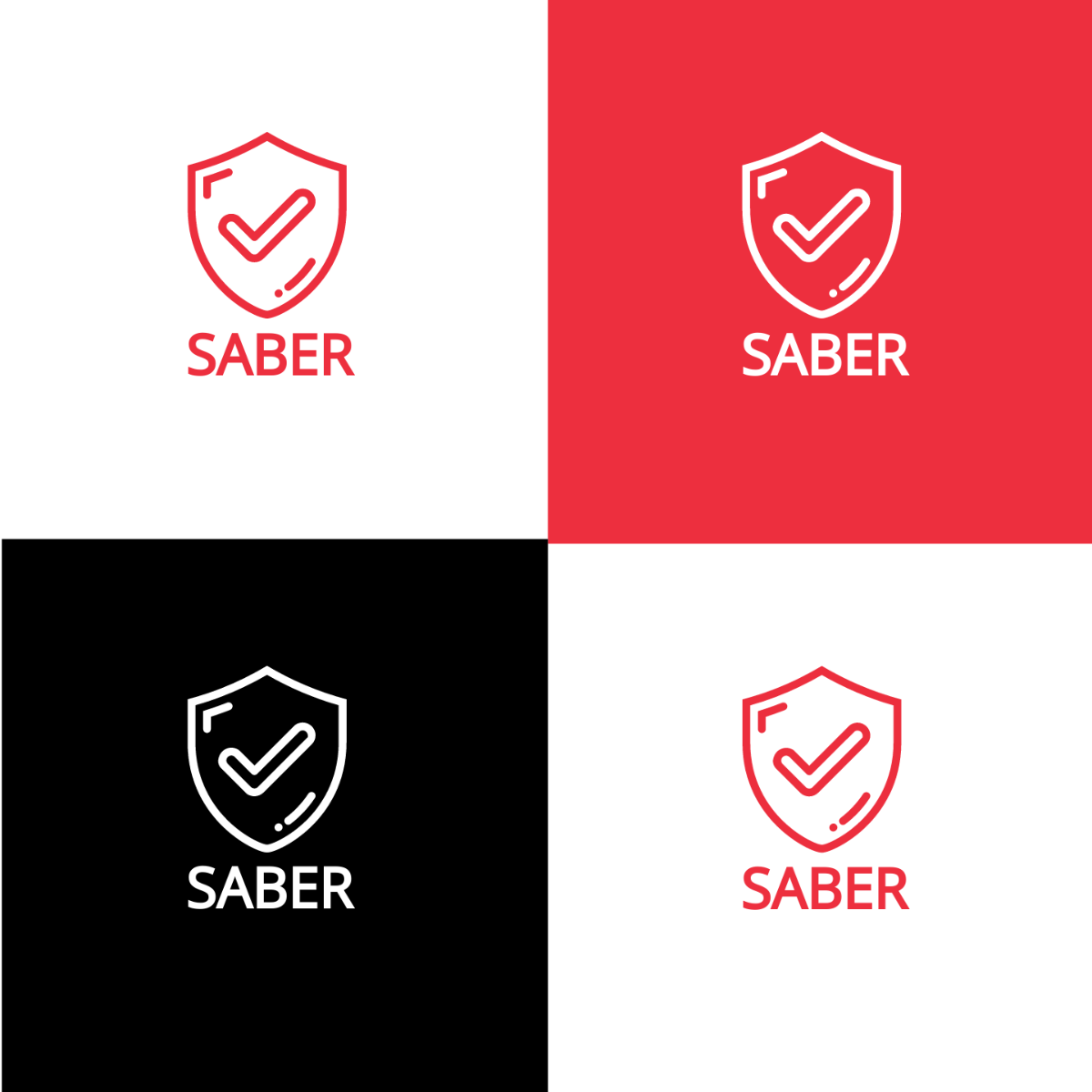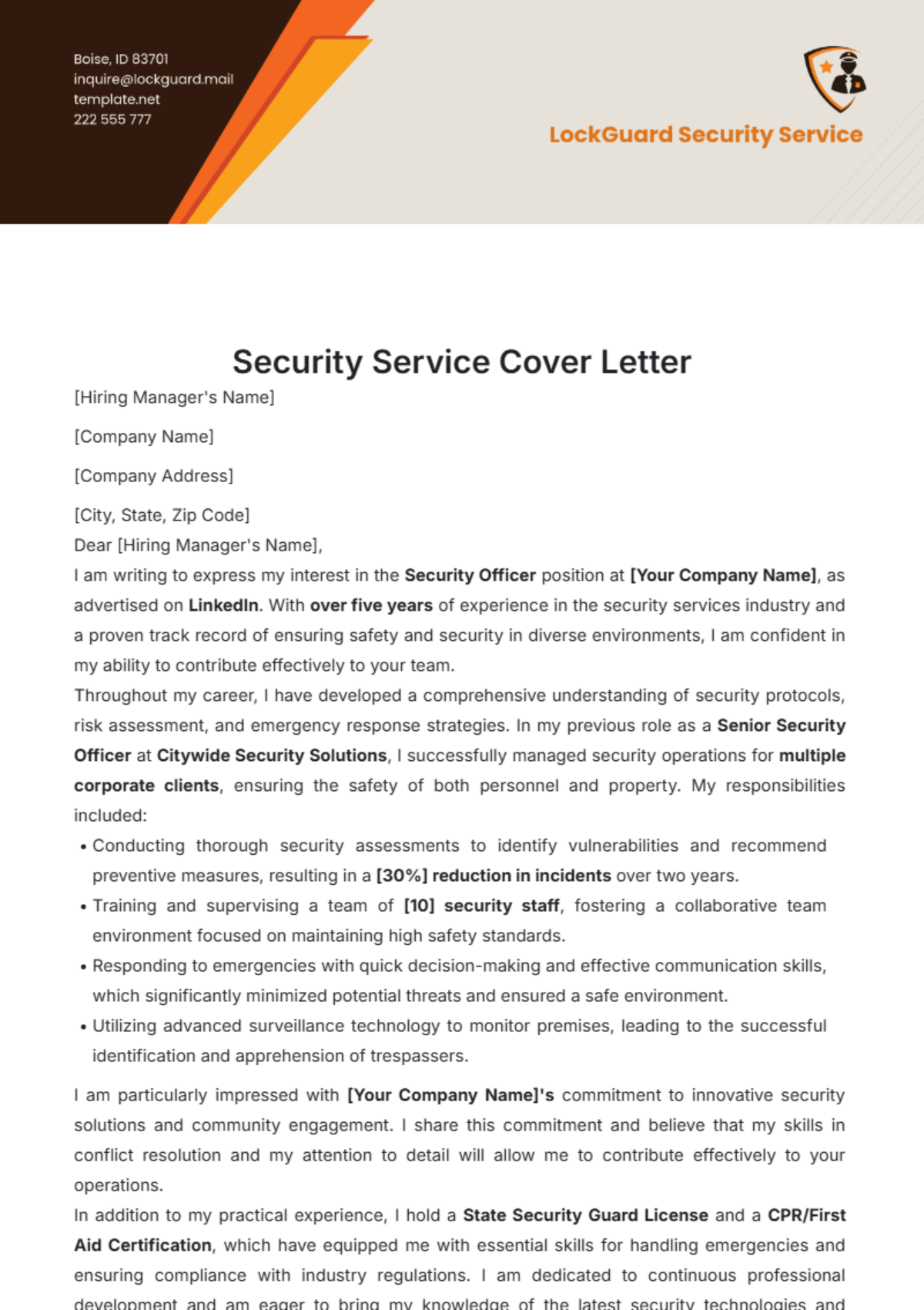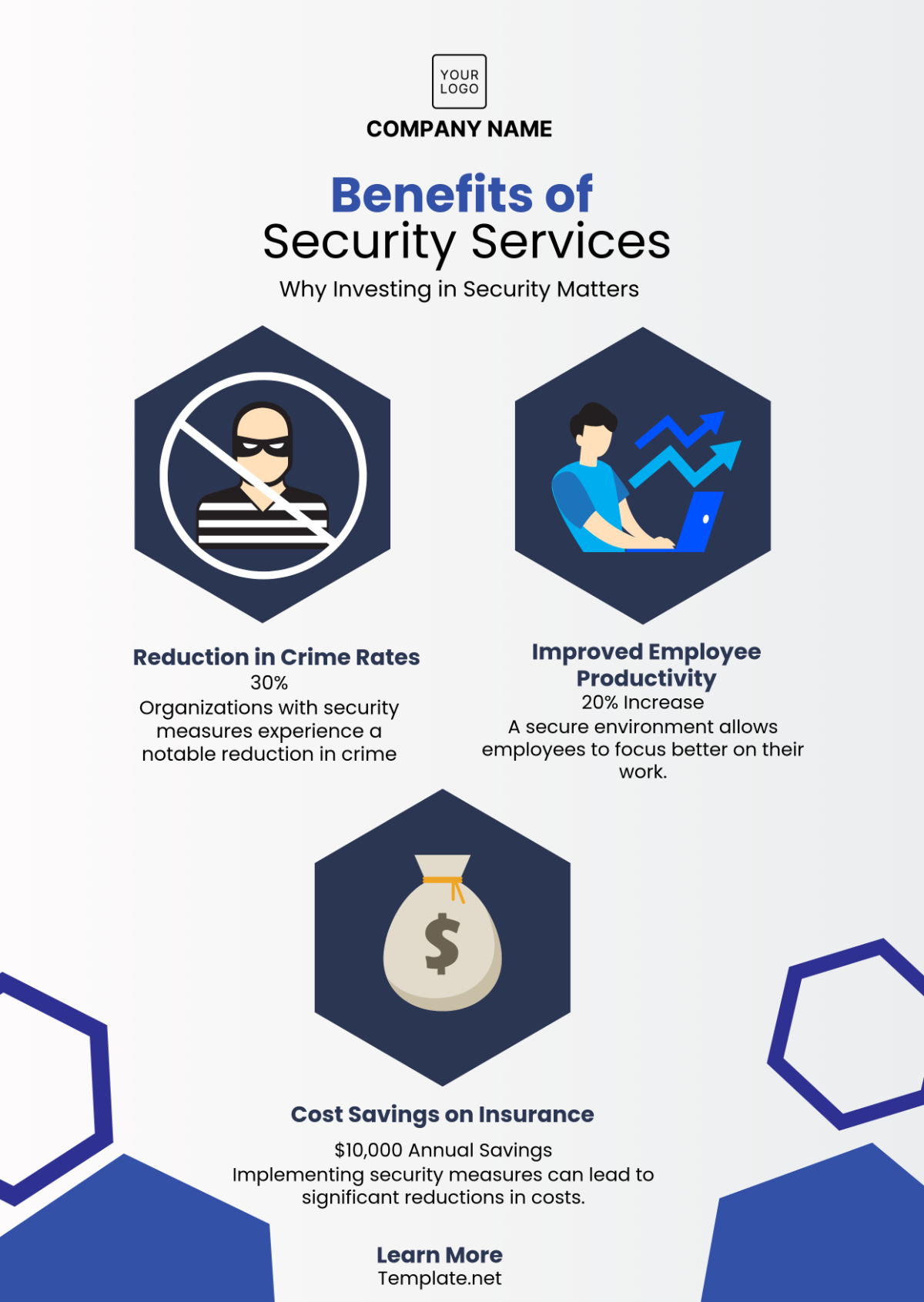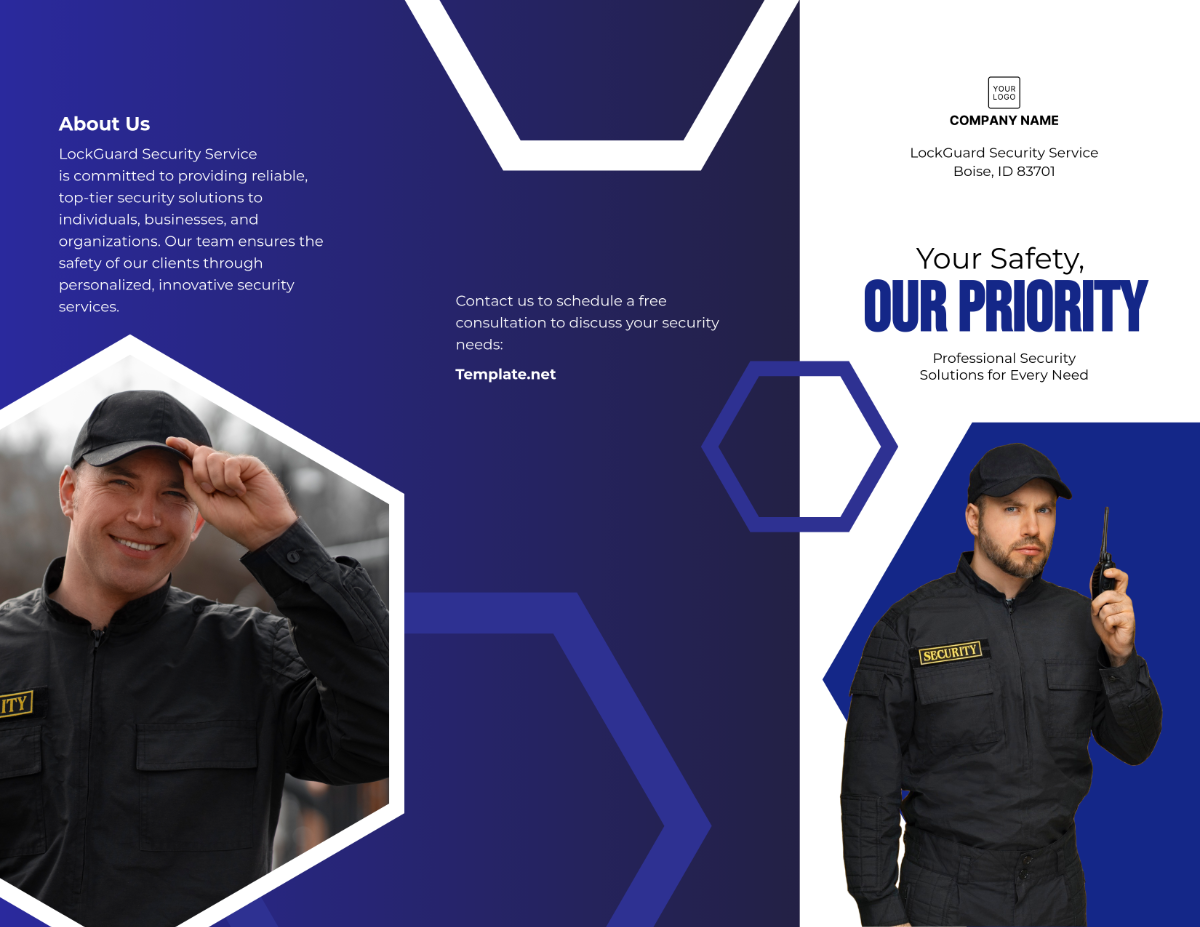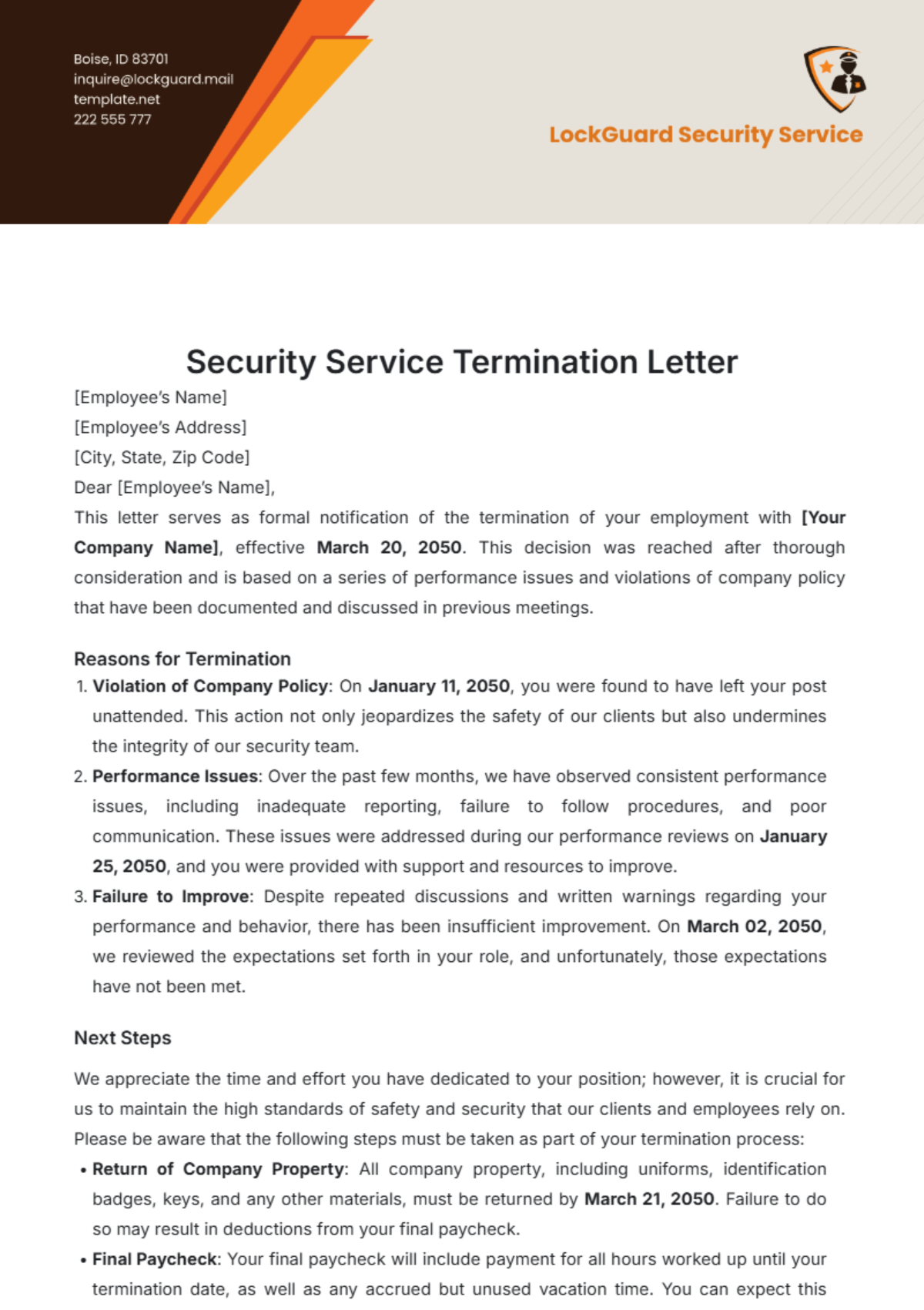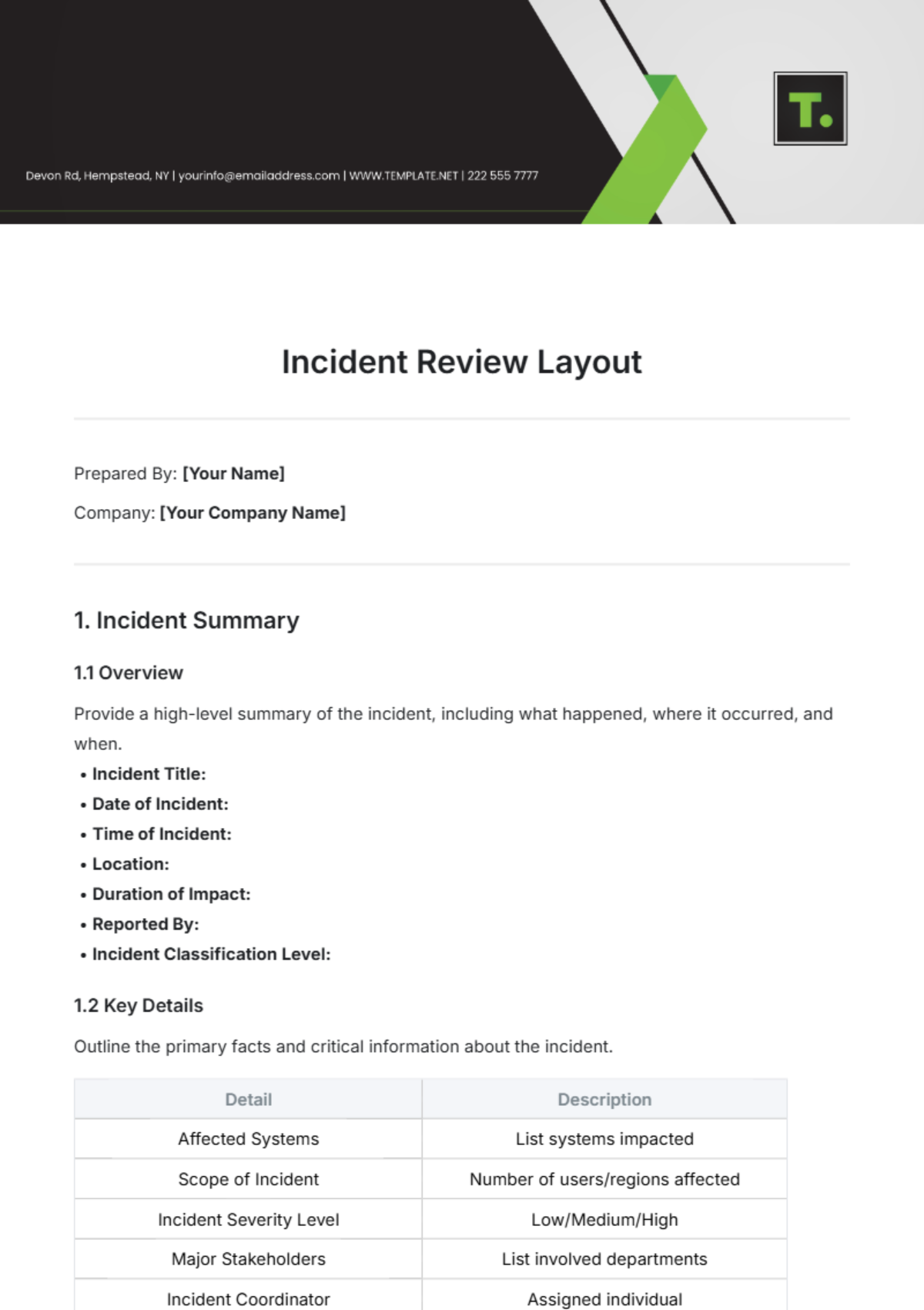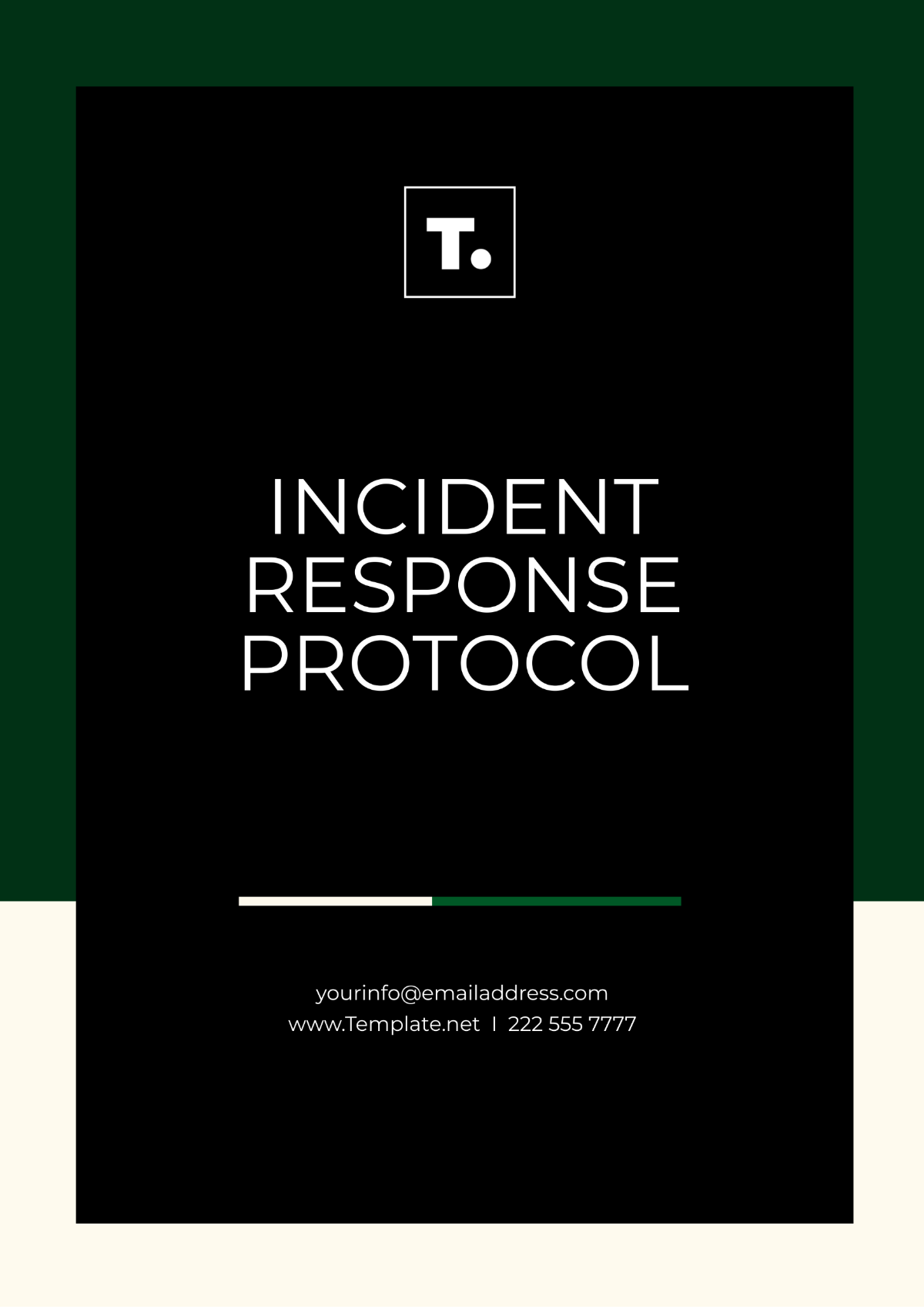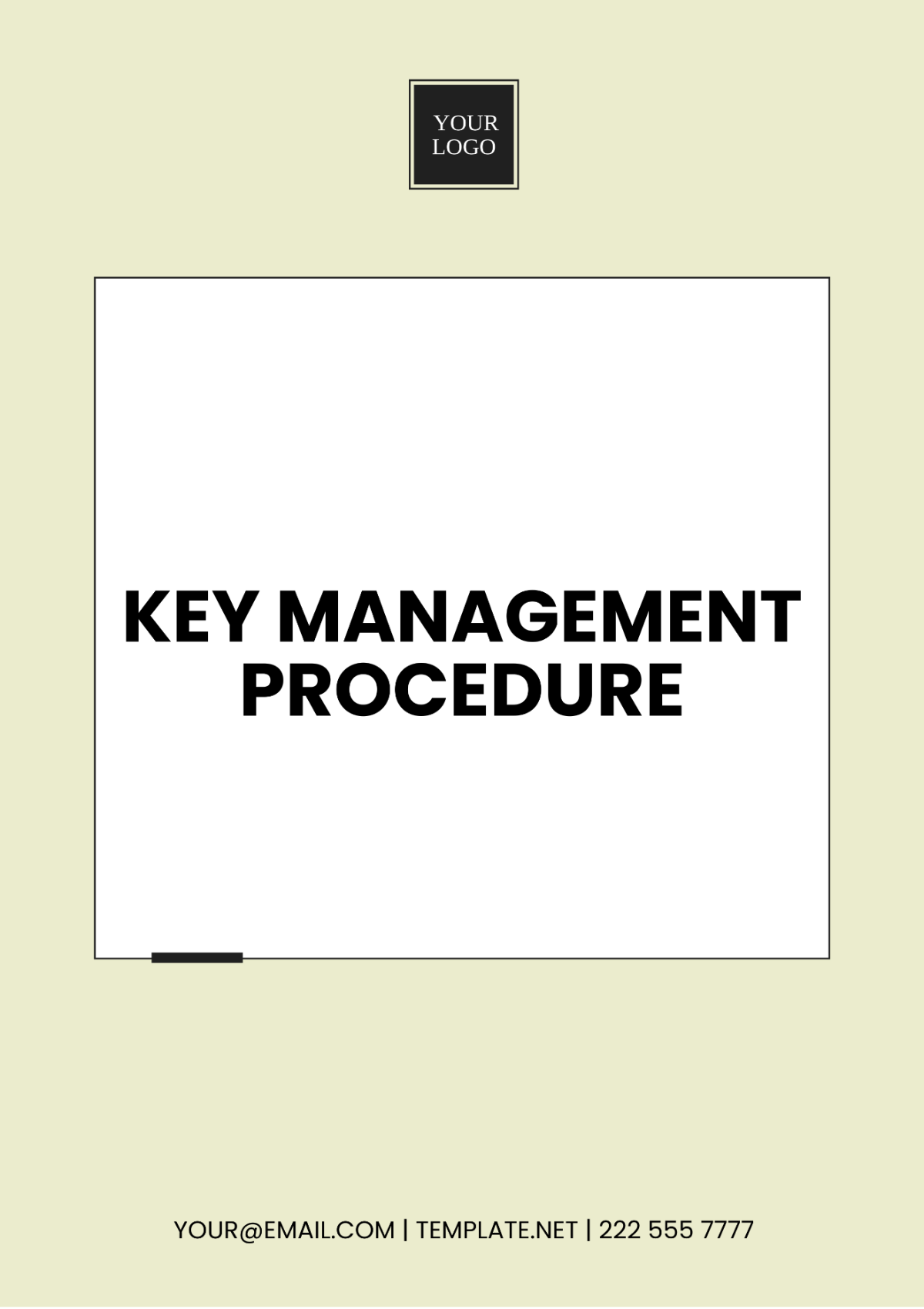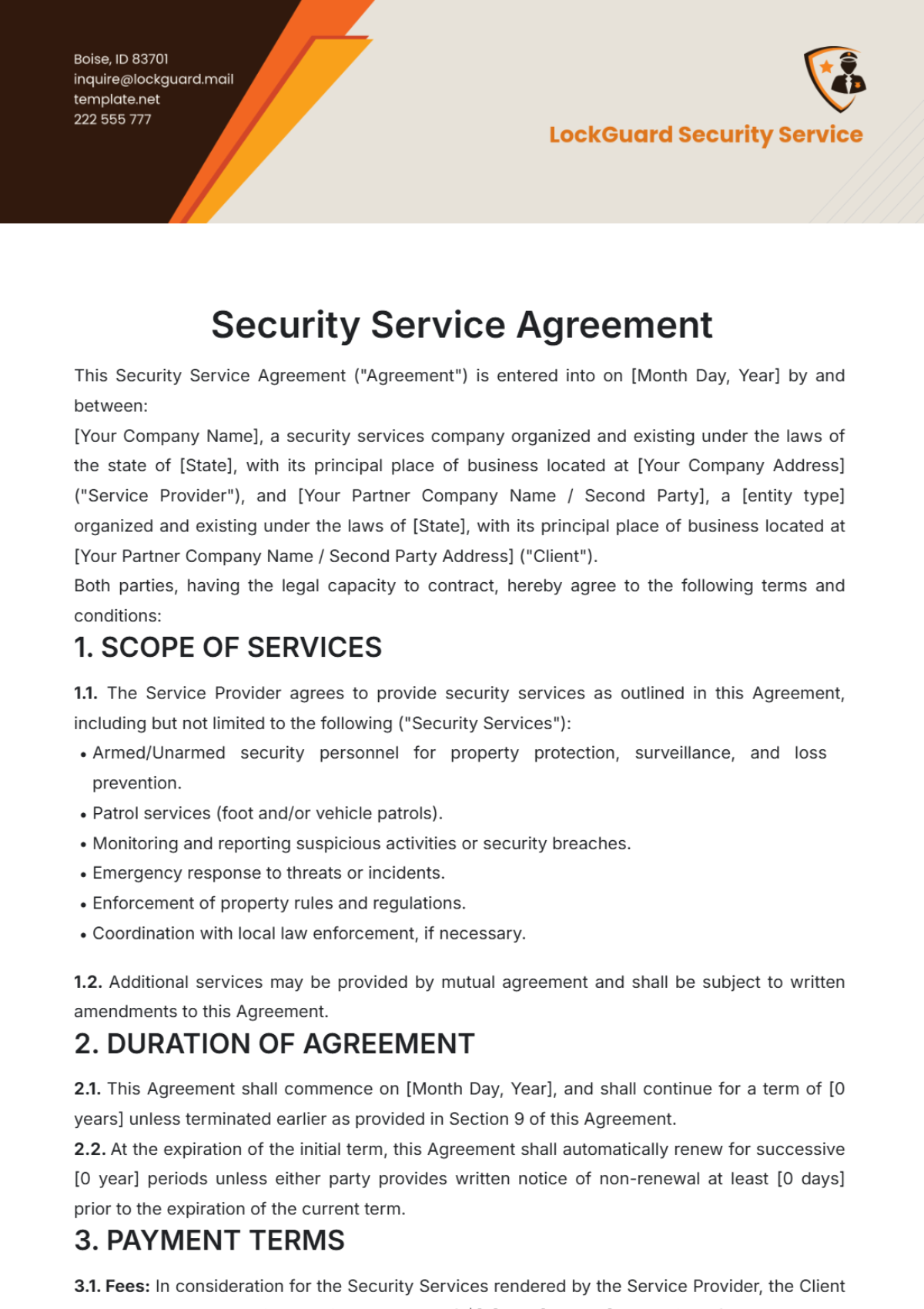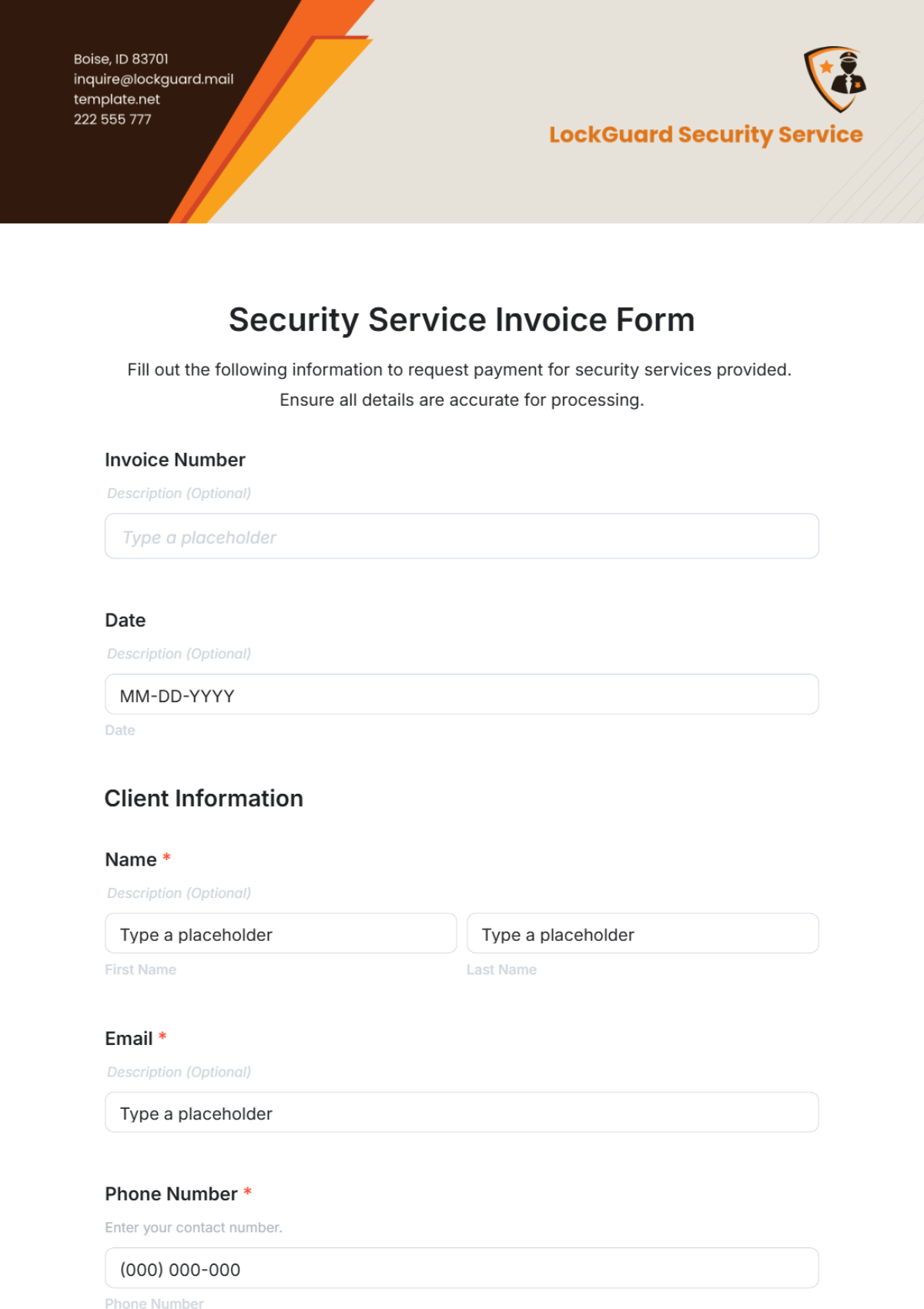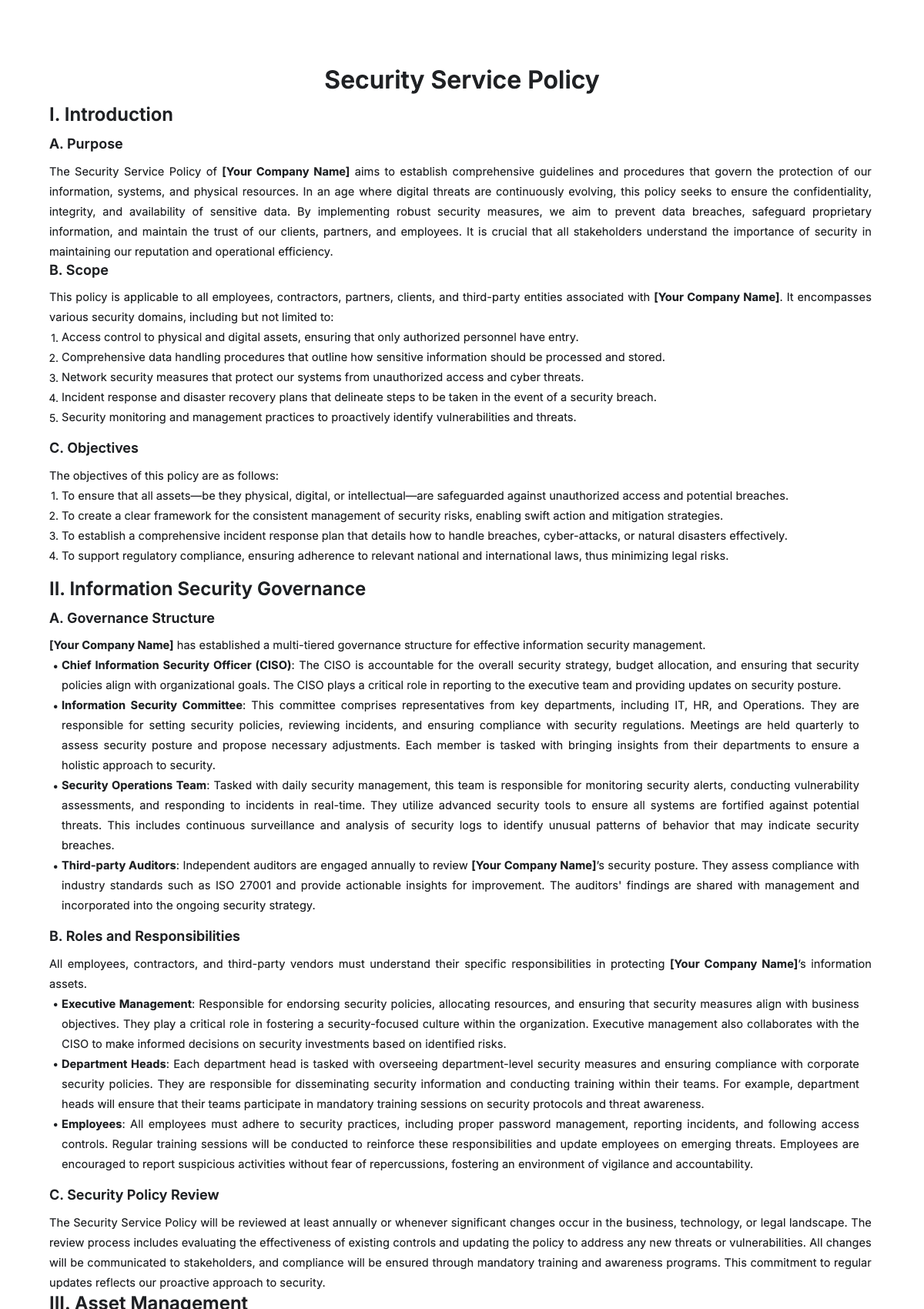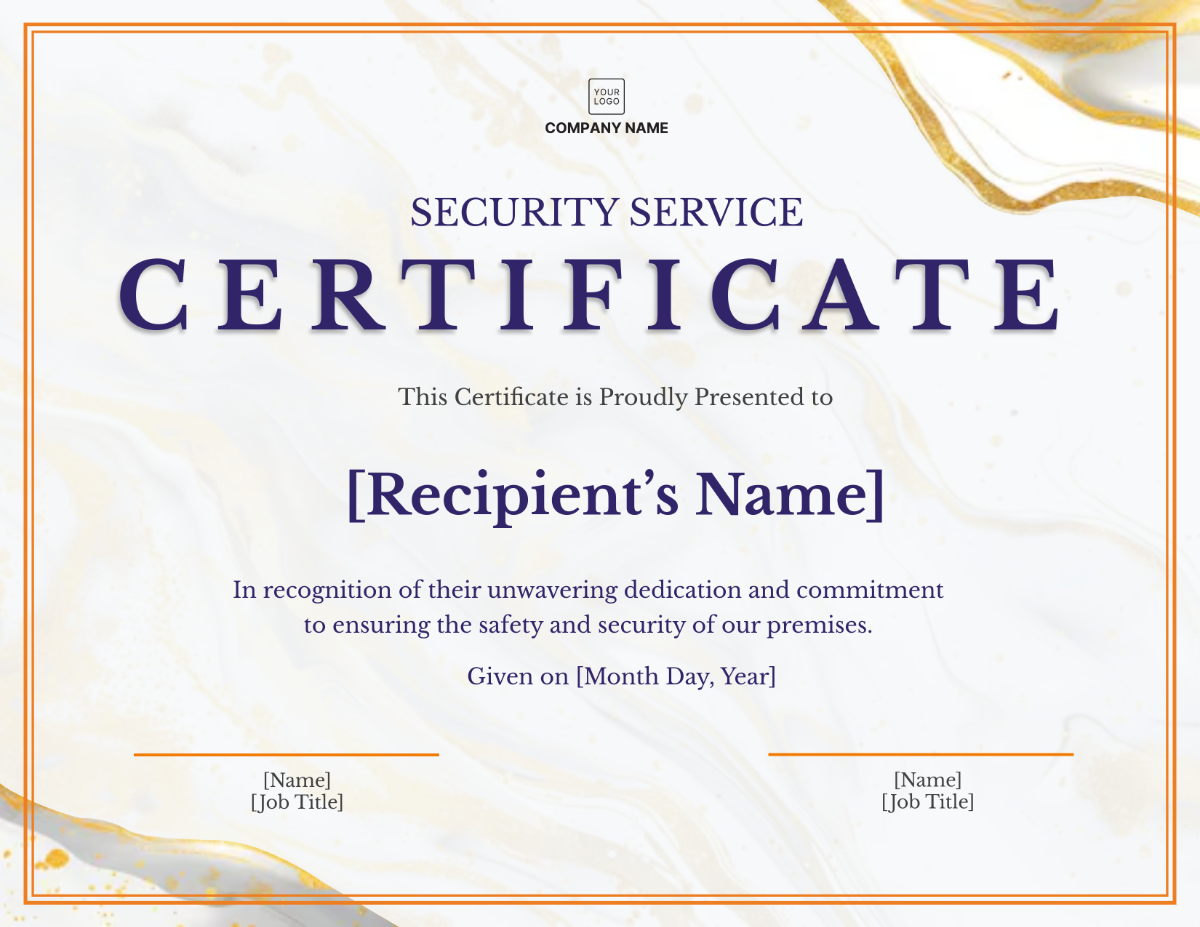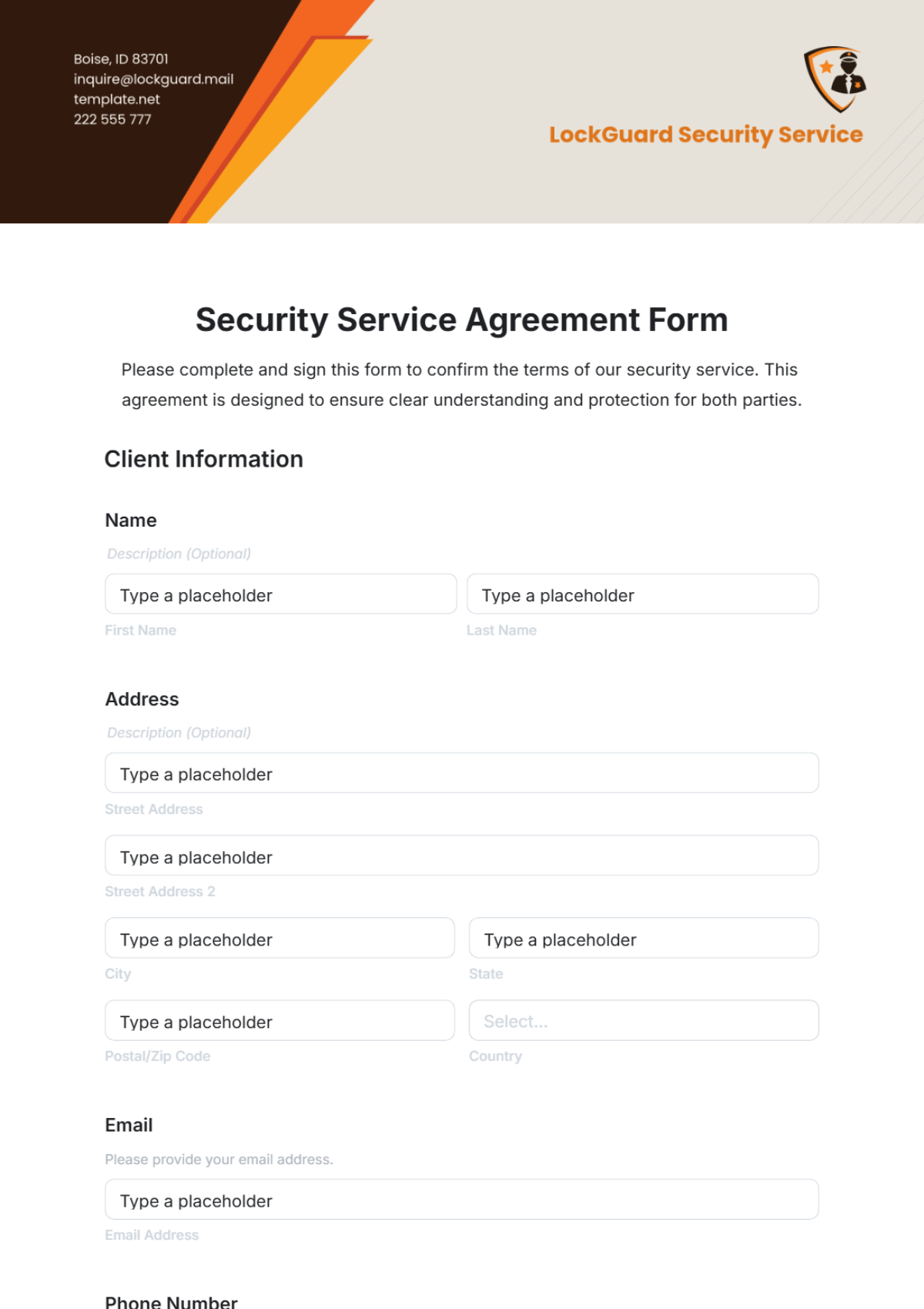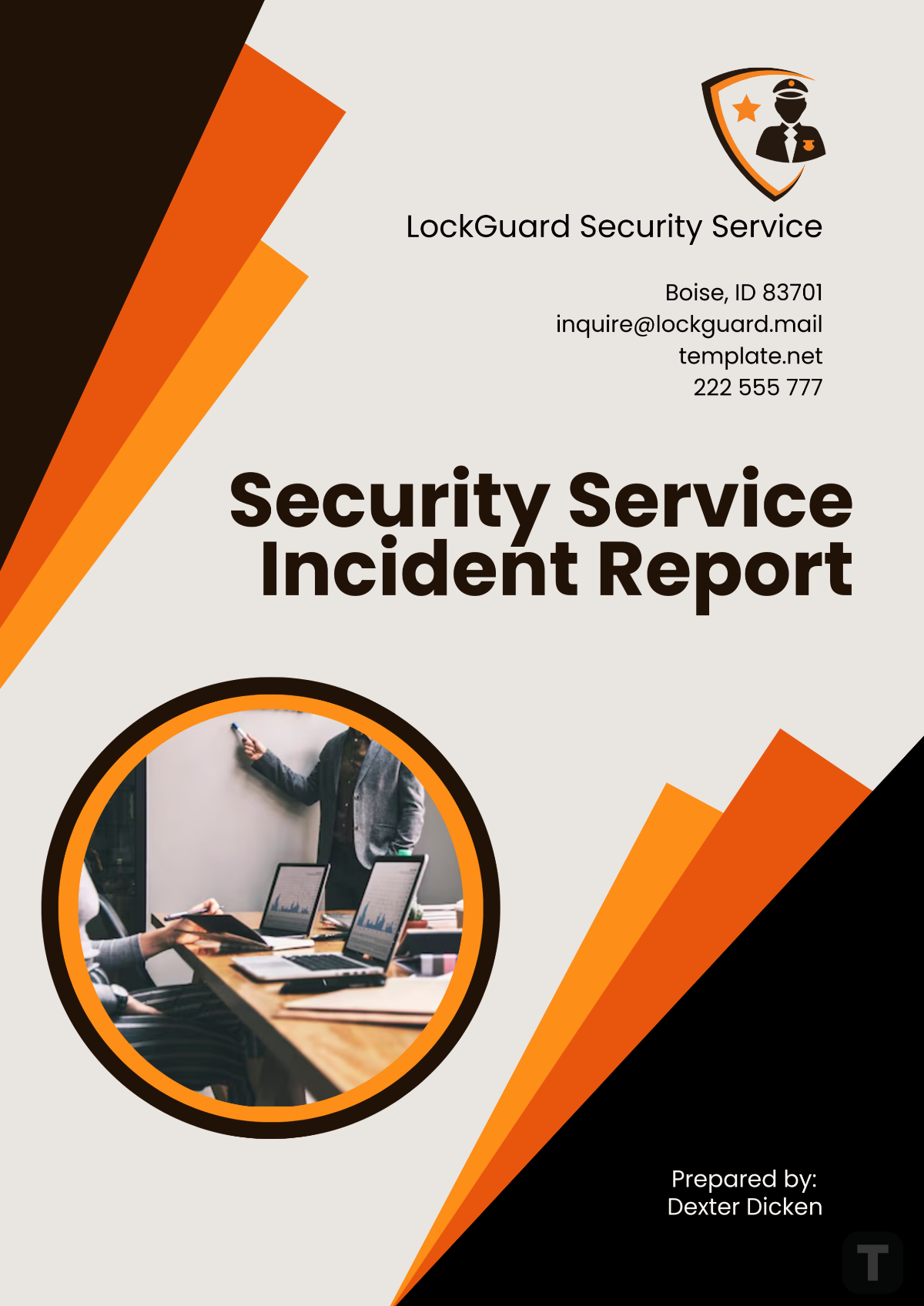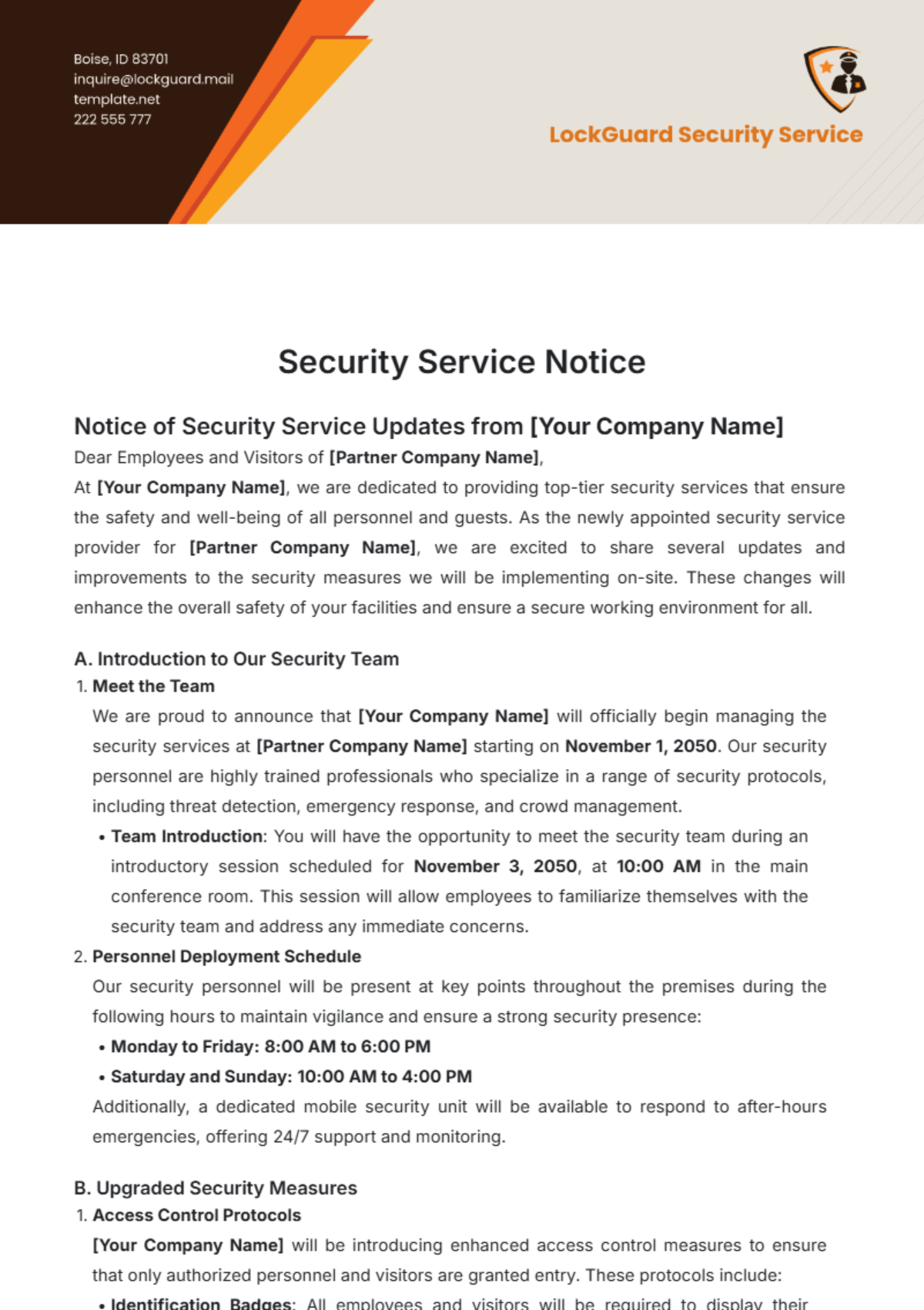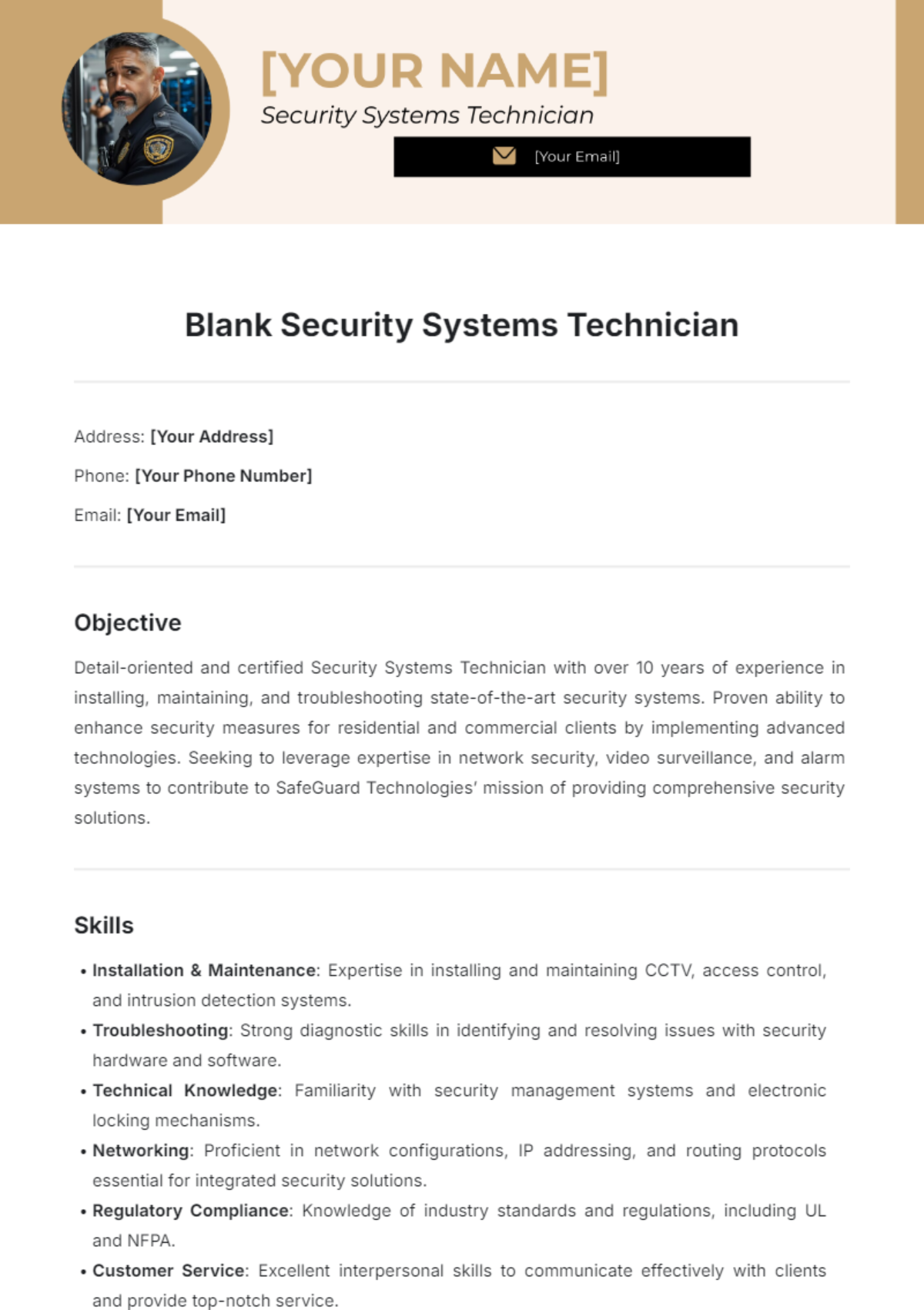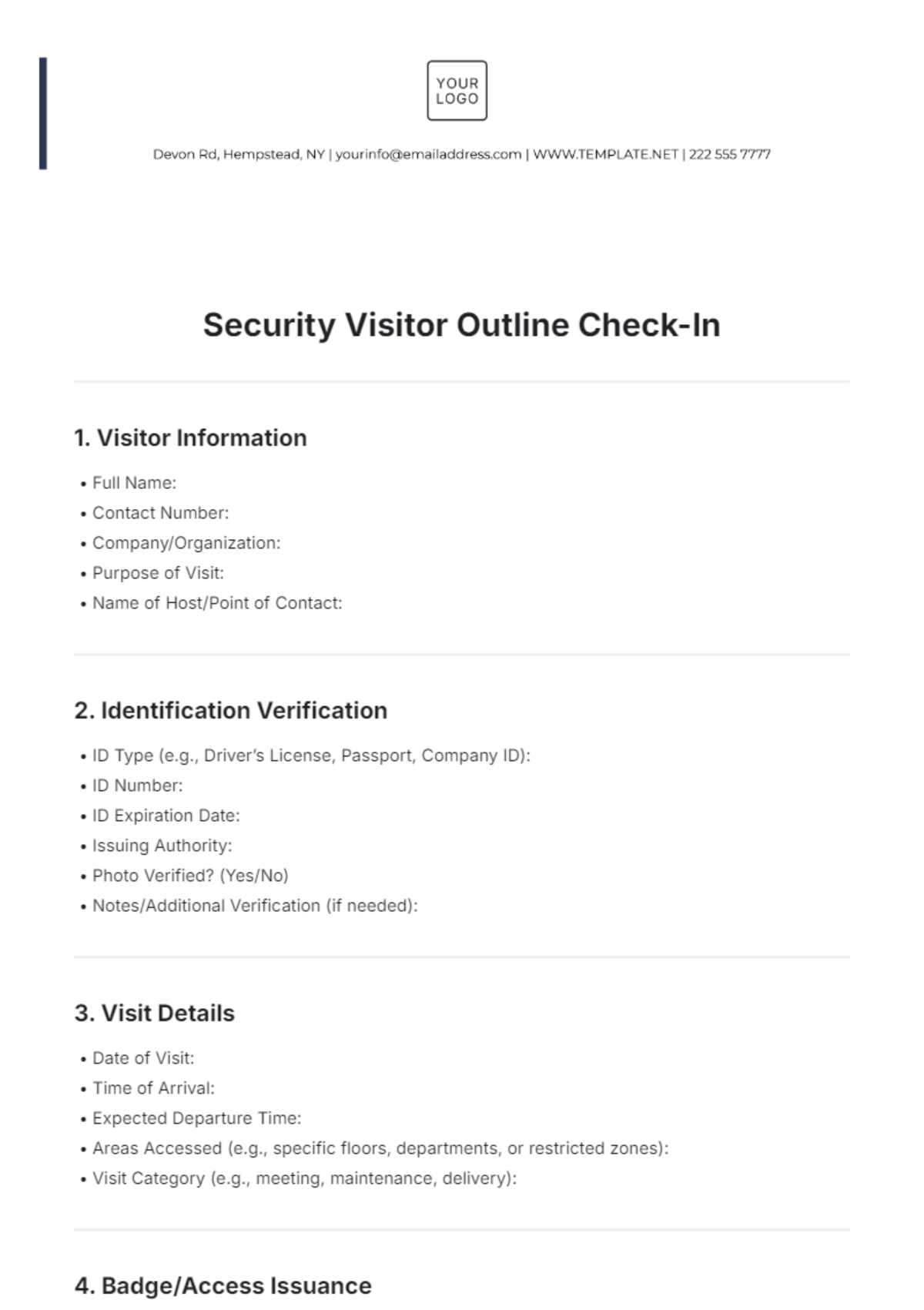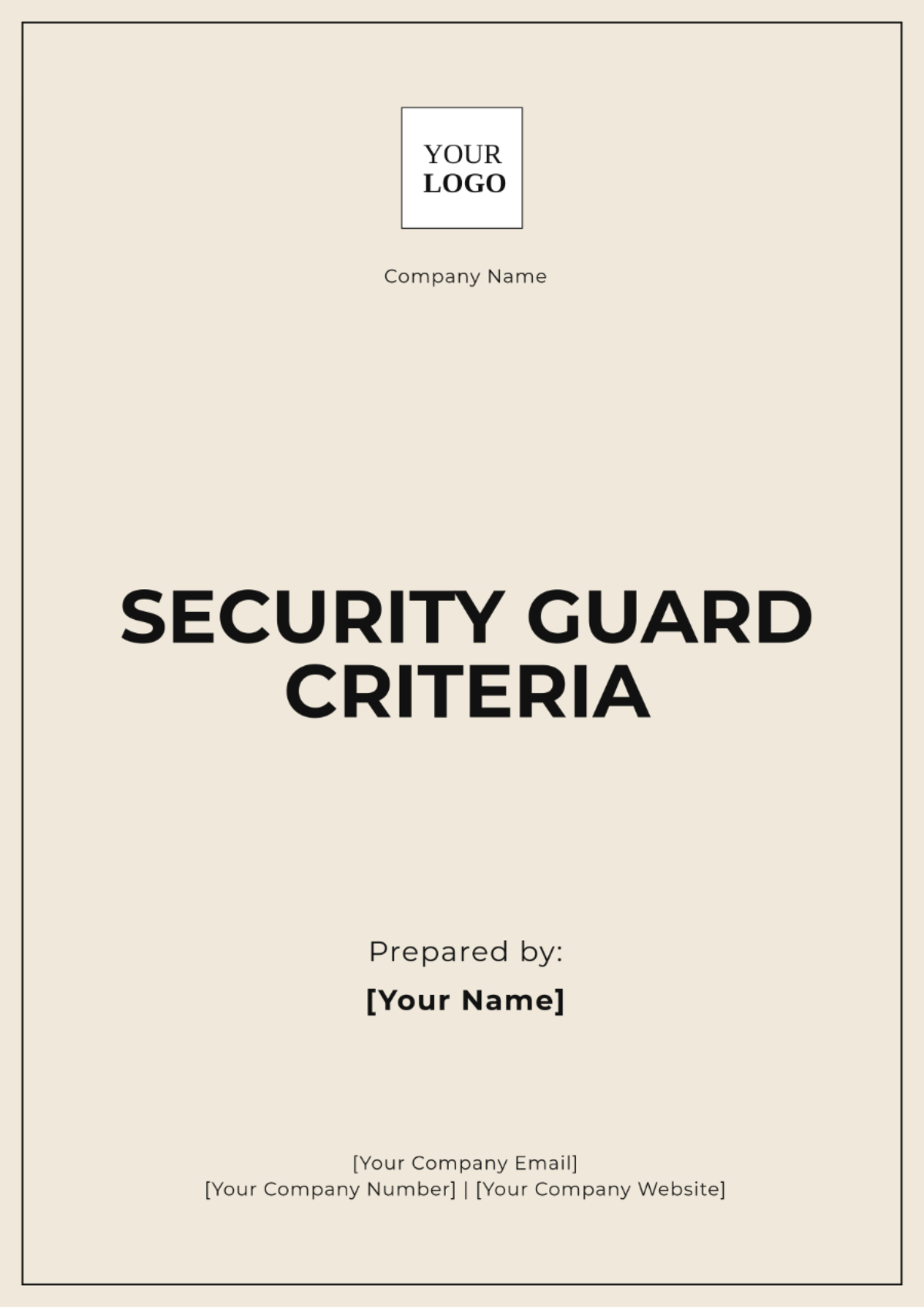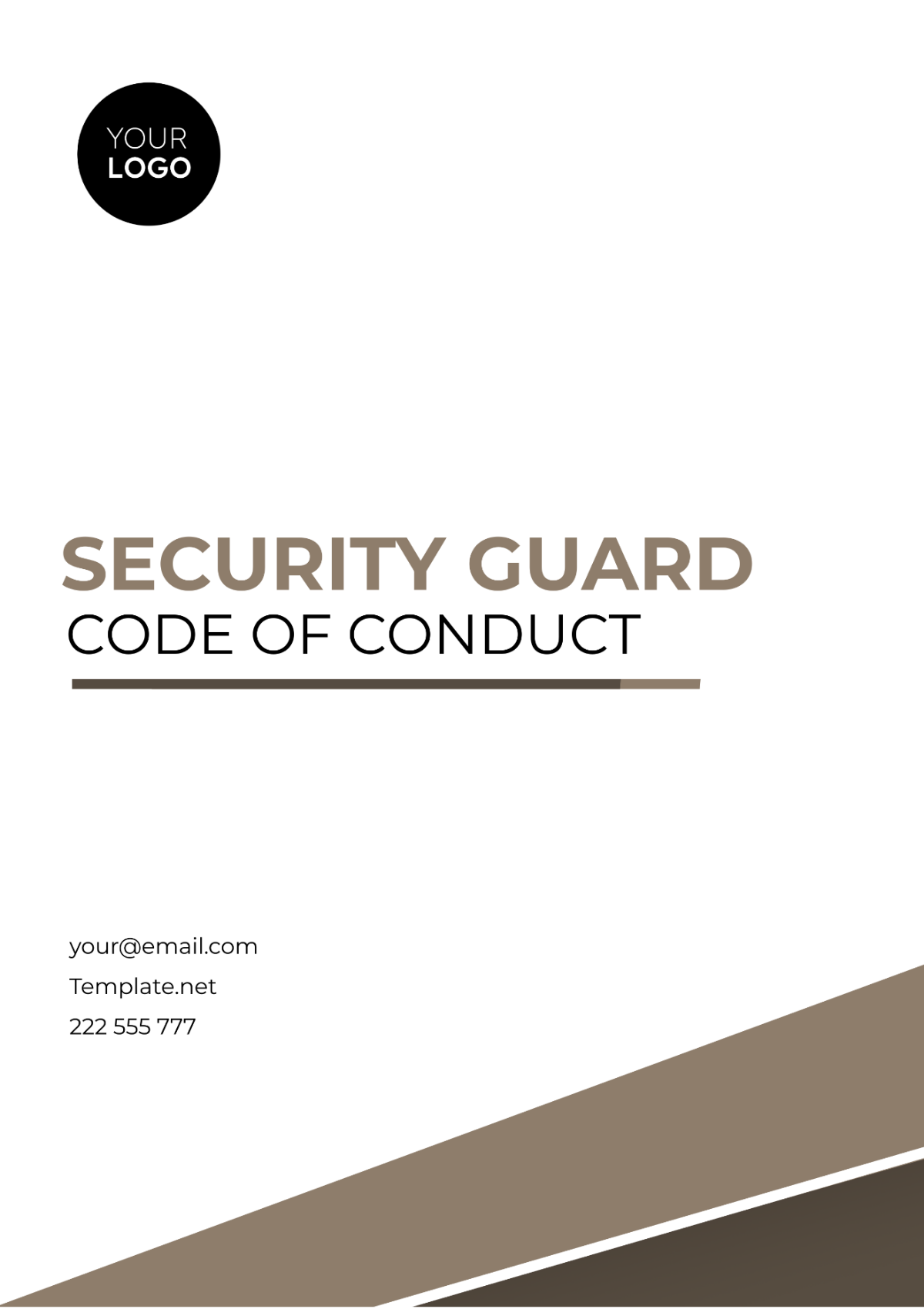Incident Response Team Charter
The Incident Response Team (IRT) Charter outlines the objectives, roles, responsibilities, and procedures for handling security incidents at [Your Company Name]. This document serves as a guide for team members and stakeholders to effectively respond to and mitigate security threats.
I. Purpose
The primary purpose of the Incident Response Team is to respond promptly to security incidents, minimize damage and loss, and restore normal operations as quickly as possible. Additionally, the team aims to identify the root cause of incidents to prevent future occurrences.
II. Scope
The scope of the Incident Response Team includes but is not limited to cybersecurity incidents, data breaches, malware outbreaks, physical security breaches, and any other incidents that pose a threat to the organization's assets.
III. Team Members and Responsibilities
Team Leader:
Coordinate all incident response activities.
Ensure adherence to incident response procedures.
Communicate with executive management and stakeholders.
Technical Lead:
Conduct technical analysis of security incidents.
Implement and oversee mitigation strategies.
Provide technical guidance to other team members.
Forensics Specialist:
Collect and analyze digital evidence.
Document findings for incident reports and legal purposes.
Assist law enforcement agencies, if necessary.
Legal Advisor:
Interpret legal implications of security incidents.
Ensure compliance with regulatory requirements.
Advise on incident reporting obligations.
Communications Coordinator:
Manage internal and external communications.
Coordinate press releases and media interactions.
Provide updates to employees and stakeholders.
Human Resources Representative:
Assist with employee support and counseling.
Ensure compliance with HR policies and procedures.
Public Relations Liaison:
Handle media inquiries and press statements.
Protect the organization's reputation during incidents.
Coordinate public-facing messaging.
IV. Incident-Specific Responsibilities
Identify Incident Type: Determine the nature and severity of the incident.
Containment and Eradication: Isolate affected systems and eliminate threats.
Evidence Preservation: Collect and preserve digital evidence for forensic analysis.
Communication Management: Keep stakeholders informed about the incident's status and resolution efforts.
Remediation: Restore affected systems to a secure state and implement safeguards to prevent recurrence.
Post-Incident Analysis: Conduct a comprehensive review of the incident response process to identify lessons learned and areas for improvement.
V. Incident Response Procedures
Initial Response
Immediately report security incidents to the Incident Response Team.
Activate the appropriate response plan based on the incident type and severity.
Assessment and Triage
Assess the impact and scope of the incident.
Prioritize response efforts based on the criticality of affected systems and data.
Containment and Mitigation
Isolate compromised systems to prevent further damage.
Implement temporary mitigation measures to restore essential services.
Investigation and Analysis
Gather evidence through forensic analysis and log review.
Determine the root cause of the incident and identify any vulnerabilities exploited.
Resolution and Recovery
Remediate affected systems to eliminate security vulnerabilities.
Restore normal operations while minimizing disruption to business processes.
Documentation and Reporting
Document all incident response activities, findings, and outcomes.
Prepare incident reports for internal review and regulatory compliance.
VI. Communication Plan
Internal Communication
Notify employees about the incident and guide security best practices.
Conduct regular updates to keep staff informed about the incident's status and resolution progress.
External Communication
Coordinate with external stakeholders, including customers, partners, and regulatory agencies.
Issue press releases and public statements to address media inquiries and reassure stakeholders.
VII. Training and Exercises
Conduct regular training sessions to educate employees on incident response procedures and best practices.
Schedule tabletop exercises and simulations to test the effectiveness of the incident response plan and identify areas for improvement.
VIII. Compliance and Legal Considerations
Ensure compliance with relevant laws, regulations, and industry standards related to incident response and data protection.
Consult legal counsel to address any legal implications arising from security incidents, including breach notification requirements.
IX. Review and Revision
Periodically review and update the Incident Response Team Charter to reflect changes in organizational structure, technology, or regulatory requirements.
Solicit feedback from team members and stakeholders to continuously improve incident response capabilities.
X. Approval
This Incident Response Team Charter is hereby approved by:
Name | Position | Signature | Date |
|---|---|---|---|
[Your Name] | Chief Information Security Officer |
| [DATE] |
[Chief Legal Officer Name] | Chief Legal Officer |
| [DATE] |





